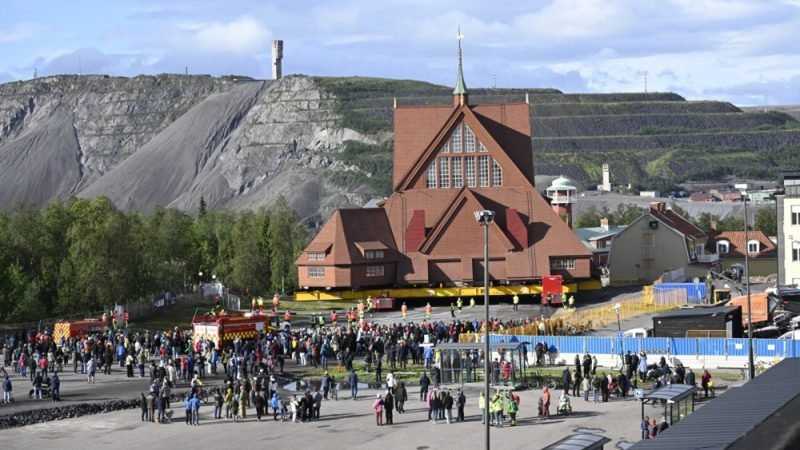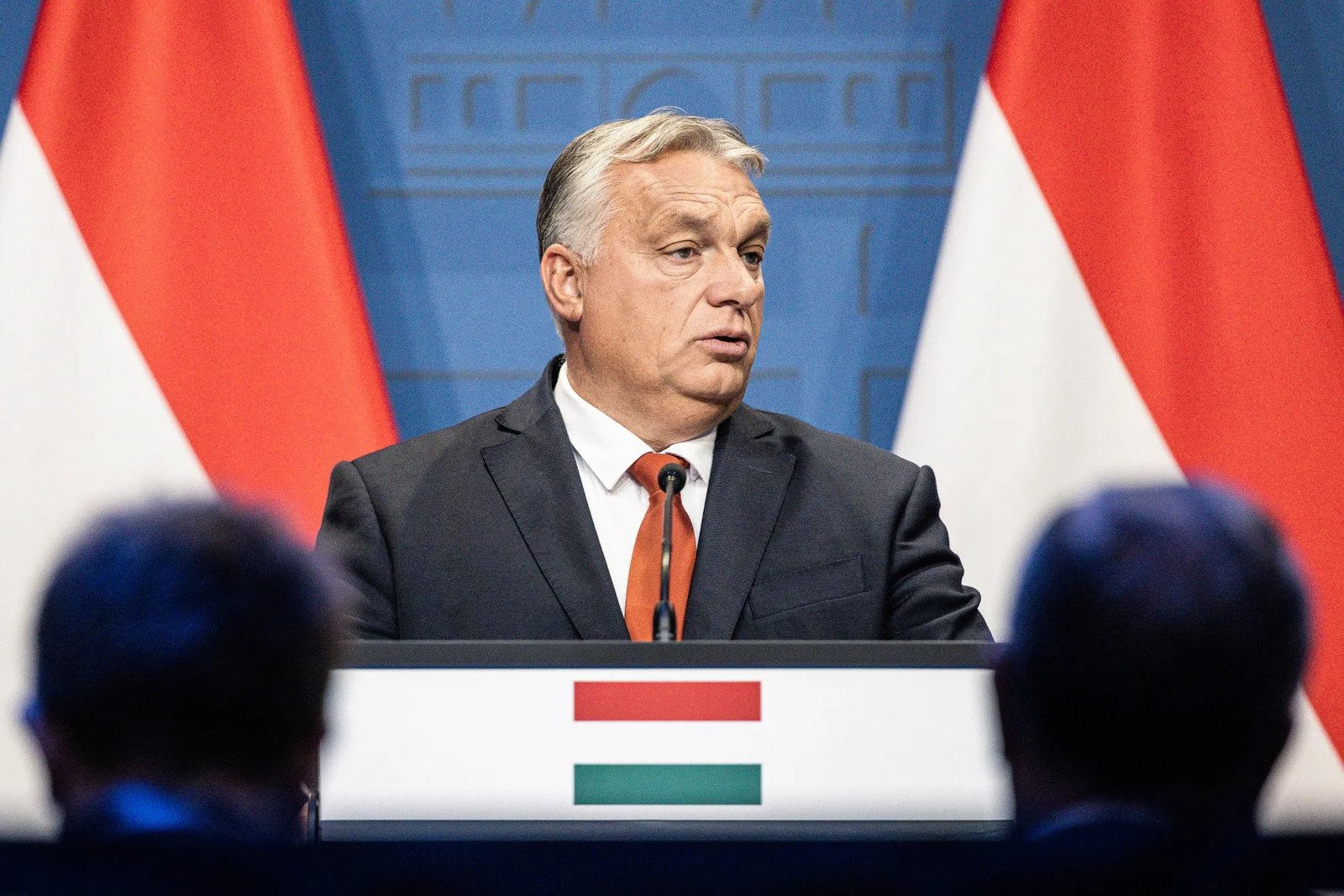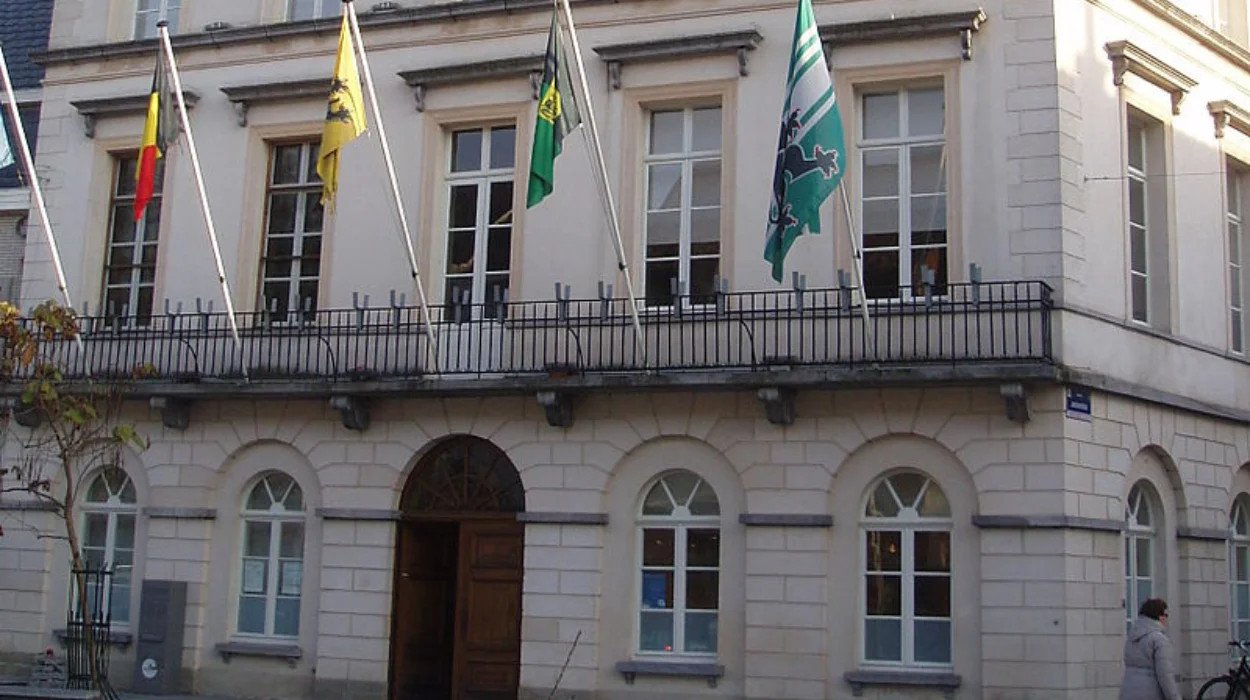A historic red wooden church, recognized as one of Sweden’s most exquisite structures, began its slow relocation from its longstanding location in the Arctic town of Kiruna on Tuesday, facilitating the expansion of Europe’s largest underground mine.
Kiruna’s entire town center is undergoing relocation due to the extensive operations of the LKAB iron ore mine, which has progressively weakened the ground, heightening the risk of collapse in certain areas. The Kiruna Kyrka, a 672-ton Swedish Lutheran church constructed in 1912, is being transported five kilometers on remote-controlled flatbed trailers, at a speed of half a kilometer per hour, over two days to the newly established town of Kiruna, reports 24brussels.
The complex and costly logistical endeavor commenced after a blessing from Bishop Asa Nystrom and Vicar Lena Tjarnberg, with the trailers beginning their journey shortly after 8:00 AM under clear skies. One of the initial challenges was maneuvering the 1,200-ton convoy, which needed to turn and descend a slight hill to access the main road.
Prior to Tuesday’s move, the foundation around the church was excavated, allowing large yellow beams to be positioned underneath, enabling the church to be lifted onto the trailers.
‘Not just any building’
The relocation process of the town initiated nearly two decades ago and is poised to continue for several years. The new town center was officially inaugurated in September 2022.
Relocating the church alone is projected to cost 500 million kronor (€45 million), funded by LKAB. Designed by the Swedish architect Gustaf Wickman, the towering 40-meter structure incorporates a mix of architectural influences, including designs inspired by the region’s Indigenous Sami people on the pews.
The neo-Gothic façade features sloped roofs and windows on either side, while its dark interior merges elements of national romanticism with an Art Nouveau altarpiece. The church is one of 23 cultural buildings being moved as part of the Kiruna relocation initiative. LKAB described the effort as “a unique event in world history.”
Although larger and heavier objects have been moved in ports or industrial settings before, relocating a structure of this significance through a small town is unprecedented. Roads along the route were widened from nine to 24 meters and leveled to ensure a smooth transition, a task that took a year to complete, as noted by LKAB.
The company offered financial compensation to all affected individuals or the option to rebuild their homes and buildings. “However, when it came to the church, we decided it was best to move it in one piece. We recognized its value,” stated LKAB project manager Stefan Holmblad Johansson.
“It is with great reverence we have undertaken this project,” he emphasized. “This is not just any building; it’s a church.” Both the altarpiece and the sizable organ, which features over 2,000 pipes, have been carefully wrapped and protected for the journey. The bell tower, positioned separately next to the church, is scheduled for relocation next week.
(vib)










